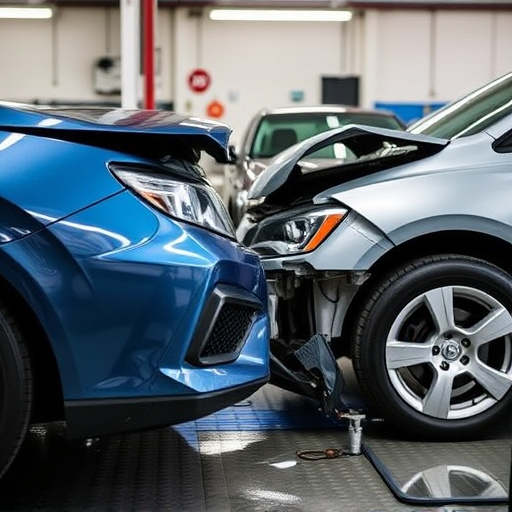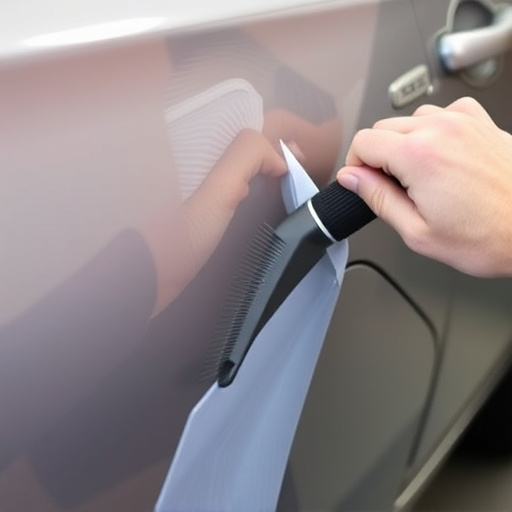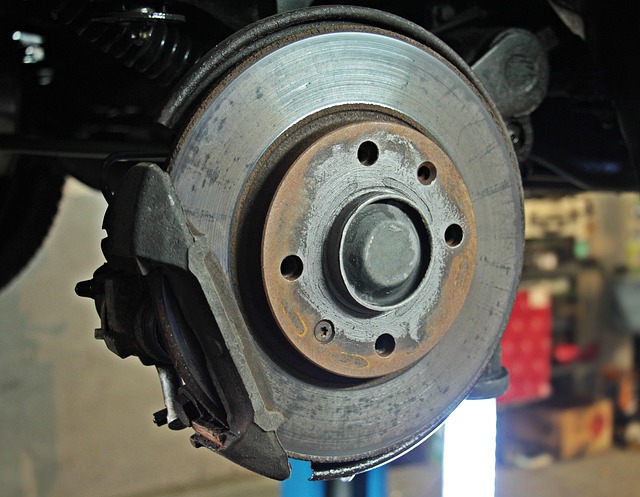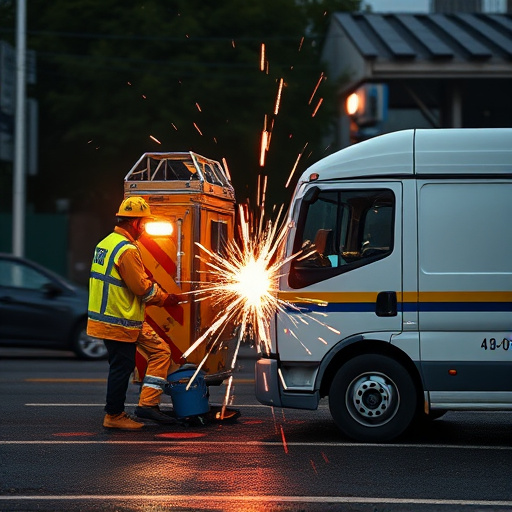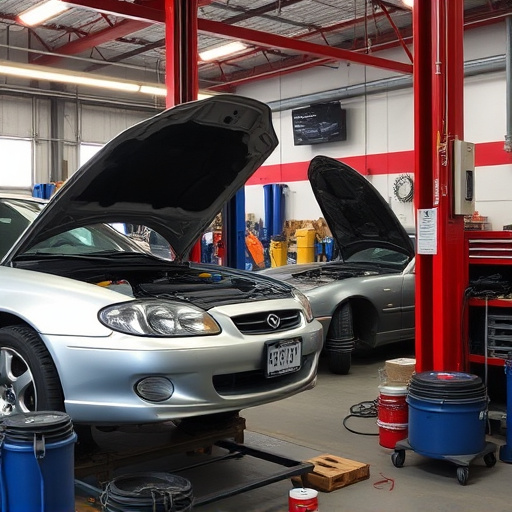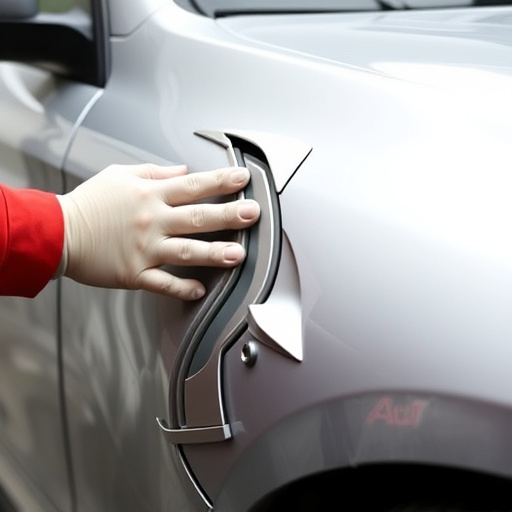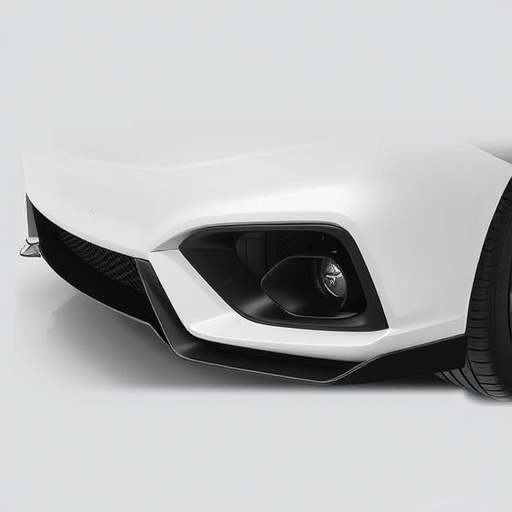Tesla's LED daytime running lights (DRLs) often face water ingress issues due to environmental factors, leading to short circuits and corrosion. This can result in reduced light output or complete LED failure. Professional repair is recommended due to the intricate nature of these lights. Proper sealing prevents future water damage. Common problems include water ingress, faulty wiring, and damaged connectors. DIY repairs are possible with the right tools, but professional auto body services are advised for thorough fixing, ensuring your vehicle's safety features and aesthetic appeal are restored. Key terms: Tesla LED daytime running light repair.
Tesla owners often face frustrating issues with their vehicle’s LED daytime running lights, particularly after exposure to water. This comprehensive guide tackles the common problem of water ingress and offers a step-by-step approach for DIY repairs. Understanding how water can cause malfunctions and identifying specific issues are key to effective troubleshooting. By following this repair process, you can restore your Tesla’s bright and functional LED daytime running lights at home, enhancing safety and saving costs.
- Understanding Tesla LED Daytime Running Light Malfunctions Due to Water Ingress
- Diagnosing the Issue: Identifying Common Problems and Their Causes
- Step-by-Step Guide: Repairing Your Tesla's LED Daytime Running Lights at Home
Understanding Tesla LED Daytime Running Light Malfunctions Due to Water Ingress

Water ingress is a common issue that can lead to malfunctions in Tesla’s LED daytime running lights (DRLs). These lights, designed to enhance visibility and vehicle aesthetics during daylight hours, are particularly vulnerable to environmental factors like rain, snow, and car washing. When water seeps into the lighting system, it can cause short circuits or corrosion inside the complex circuitry, resulting in inadequate light output or even complete failure of individual LEDs.
Given the intricate design of LED lights, any damage or moisture intrusion requires professional attention for a Tesla LED DRL repair. Auto collision repair experts or specialized car repair services with experience in Tesla models can diagnose and fix these issues effectively. They will inspect the lights, replace damaged components if necessary, and ensure proper sealing to prevent future water ingress, thereby restoring optimal functionality to your vehicle’s daytime running lights.
Diagnosing the Issue: Identifying Common Problems and Their Causes

When diagnosing Tesla LED daytime running light repair issues, it’s crucial to identify common problems and their root causes. One frequent issue is water ingress, where moisture seeps into the lights’ internal components due to cracked seals or improper installation. This can lead to malfunctions, flickering lights, or even complete failure of the LED array.
Other potential problems include faulty wiring, damaged connectors, or issues with the power supply. Proper auto maintenance and timely checks can prevent these issues. If water has infiltrated your Tesla’s daytime running lights, addressing it promptly is essential. Consider seeking professional auto body restoration services to ensure a thorough and effective repair, restoring your vehicle’s safety features and aesthetic appeal.
Step-by-Step Guide: Repairing Your Tesla's LED Daytime Running Lights at Home

Repairing your Tesla’s LED Daytime Running Lights (DRLs) at home can be a straightforward process if approached methodically. First, locate and assess the damaged or faulty DRL module, which is typically positioned near the front headlights. Then, gather the necessary tools: a screwdriver with the appropriate tip size for your Tesla model, replacement LEDs (ensure they are compatible), and heat shrink tubing to protect connections.
Follow these steps:
1. Safety First: Ensure your vehicle’s power is off before beginning. Use safety goggles to protect your eyes from any debris or potential sparks.
2. Accessing the DRL Module: Remove the front plastic trim around the headlights, exposing the DRL module. Carefully unplug the existing LED and remove it.
3. Installing New LEDs: Install the new LED in its place, ensuring proper orientation. Secure it with the provided heat shrink tubing to protect against water ingress. Repeat this step for any additional LEDs that need replacement.
4. Reassembly: Carefully plug in the new LEDs and replace the front plastic trim. Test the DRLs by turning on your Tesla’s power to ensure they function correctly. If issues persist, double-check connections and try a different LED to rule out faulty components.
After delving into the issues surrounding Tesla LED daytime running lights and their vulnerability to water ingress, it’s clear that DIY repairs can be a practical solution. By understanding common problems and following a structured guide, owners can effectively address these malfunctions. With these steps, you can take control of your vehicle’s maintenance and ensure your Tesla’s daytime running lights function optimally, enhancing safety on the road. Remember, for more complex issues, consulting a professional mechanic is advisable, but basic repairs like this can often be tackled at home.

